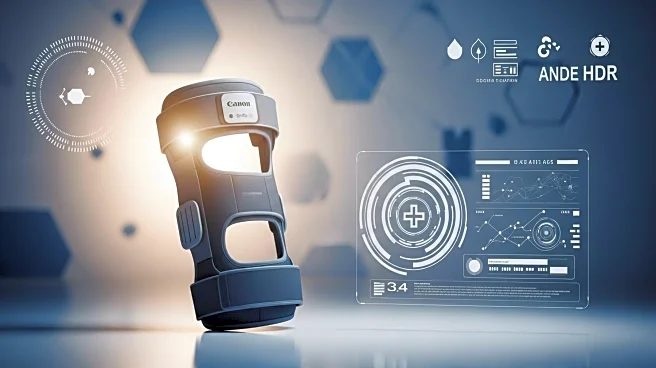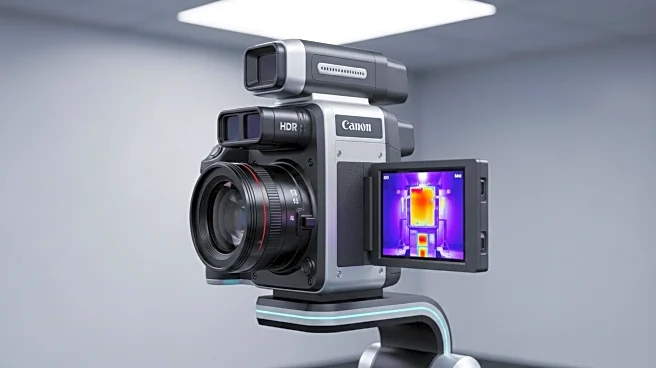What's Happening?
A recent study has explored the optimization of machine learning algorithms for discriminating locomotor tasks using wearable sensors. The research focused on parameters such as sampling frequency, window length, temporal resolution, overlapping value, and signal normalization. The study found that non-normalized signals with low temporal resolution, a mid to high sampling frequency, longer window lengths, and a high overlapping value yielded the best discrimination results. The findings suggest that manipulating these parameters can influence the accuracy of task discrimination based on sensor attachment locations, with shanks showing greater discrimination ability than the sacrum at optimal settings.
Why It's Important?
The study's findings have significant implications for developers and end-users, including clinicians and researchers. Optimizing these parameters can enhance the accuracy of real-time clinical applications, allowing for timely interventions and monitoring. The ability to discriminate between locomotor tasks accurately is crucial for assessing rehabilitation progress and monitoring locomotor activity over extended periods. Additionally, the study highlights the importance of balancing rapid identification with accurate classification, which is essential for practical applications in healthcare and research.
What's Next?
Future research may explore additional cyclical gait modalities, such as stair negotiation or slope ascent and descent, to assess whether the current parameter settings align with these activities. The study also suggests the potential for developing global models trained across all participants, which could offer insights into inter-participant variability and improve model performance. Clinicians and researchers may consider location-specific parameter adjustments to enhance discrimination accuracy for individuals with unique movement characteristics.
Beyond the Headlines
The study underscores the practical relevance of choosing appropriate parameters in wearable gait analysis. Understanding the interplay between waveform shape and spectral repetition could aid in tailoring algorithms for specific gait analyses. This insight is particularly valuable when sensors are used in variable environments or with individuals whose gait may change over time.










